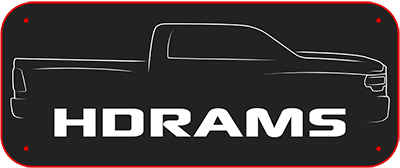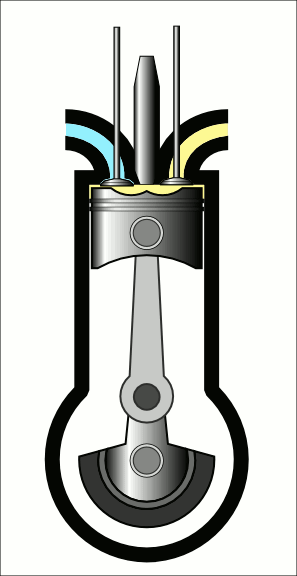To answer the question about how it will pull The Grapevine, requires a bit of thought.
Physics says that power is the measure of RATE of doinf work. If you move a mass over a distance, work is done. It doesn't matter how fast you move it whether it's over a period of seconds kr minutes....the same amount of work is done. If you measure the work done over a given time, you have measyred power. Work over time is power. So to go up a hill more quickly, tames a change in power.
In our trucks we can increase power by either increasing engine rpm, or for a given rpm, increase torque. And that is the gjst of tne difference in gas versus diesel. Due to design, diesels make more torque at a low rpm which gives you the user, more power at lower engine speeds. Gas engines make torque at higher engine speeds and need to be reved some to attain the same power.
We don't need to turn this into a math problem so let's make some assumptions. The Cummins makes it's peak tkrque at about 1650 rpm. The 392 makes it's peak torque at 4000 rpm. Let's assume they each make 250 hp at peak torque and it takes 250 hp to climb the hill at 60 mph.
The Cummins will chug along at 1650 and climb the hill nicely. The 392 will be in a lower gear, but at 4000 rpm, and also climbing the hill at 60 mph. That is the real difference....the gas engine produces the same amount of power as the diesel but at a higher rpm.
To climb your hill at the same speed, rate of doing work, you have to make the same power. To make the same power with the 392, you have to rev it higher. And that's why some do not like gas engines as they give the impression of working harder to pull a load. But it's just the nature of the beast.
Going downhill is something a lot of people do not understand. Gas engines have natural engine braking. This comes from having a throttle butterfly valve. When the throttle is closed, your foot off the gas pedal, the piston on the intake stroke pulls a high vacuum on the intake manifold. This pulling vacuum on the intake, tends to slow the piston and results in natural engine braking. Diesels have no throttle valve and have no natural engine braking without some added device.
Diesels have some device, either on the exhaust or in the valve train that turns the piston into a comptressor on the exhaust stroke. This compression on the exhaust stroke provives resistance to the piston and results in a slowing force on the piston. The modern light truck diesls all come with exhaust brakes tk provide "engine" braking when slowing. The older diesels, usually before 2007 did not have this feature and had little to no engine braking.
So going downhill should be a similar experience with a new truck. Slow down, select a lower gear, and descend the hill with minimal use of the truck brakes.

